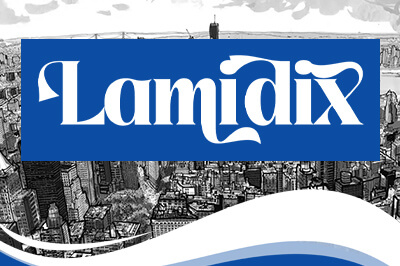
views
Moonlighting has become a well-known term after instances of tech professionals from multiple big companies indulging in the same came to light. The term refers to holding a second job alongside one’s primary job, usually secretly. While there could be financial and career benefits to having a side hustle, your side hustle could also be liable to some heavy taxation. It is essential to know what kind of taxes apply to your income from moonlighting in order to avoid getting fined by the Income Tax department later on.
According to The Mint, income derived from business or professional services can be taxed under the ‘PGBP-Profits and Gains from Business and Profession’ head. While business expenses, such as travel expenditures, can be reduced from this income, the rest of the amount will be offered to tax at applicable slab rates. If the tax payable is in excess of Rs 10,000, the taxpayer has to pay advance tax in four instalments of 15 per cent, 45 per cent, 75 per cent, and 100 per cent.
On the other hand, if the second job falls under one of the professions listed in section 44ADA of the Income Tax Act, and the income is less than Rs 50 lakhs, then the taxpayer can choose to pay tax on only half of their income. In this case, however, they cannot claim the expenses as they have already received a flat 50 percent reduction. Also, they must pay only the last instalment of Advance tax on March 31.
Tax calculations become more complex if taxpayers receive their moonlighting income as salary. This warrants the person moonlighting to be extra careful when filing their returns.
For deducting Tax Deducted at Source (TDS), employers usually pull up an estimated taxable income figure.
For example, if a person is receiving a salary from both their jobs, they are on the payrolls of two employers. Both employers will consider a standard deduction of Rs 50,000 and deductions under 80C. However, both employers will determine the total tax liability on the basis of the lower tax slabs. This means that the TDS by each employer will be lower than the whole tax liability of the moonlighting employee.
To avoid any extra fines or charges, the employee must Advance tax instalments for the aggregate liability at set intervals.
If you are engaged in moonlighting, consult a professional about how you can best manage your tax payments.
Read all the Latest Business News here




















Comments
0 comment